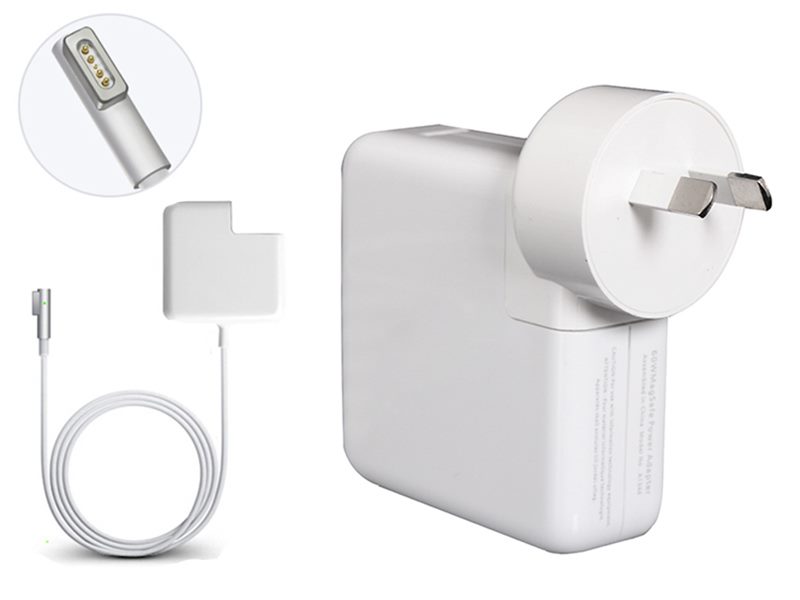This article introduces a new generation of DCS (Distributed Control System) designed for industrial automation. Built on an embedded platform, this system combines proprietary hardware and software technology to offer a more flexible, reliable, and cost-effective solution compared to traditional industrial computer-based systems. The system delivers stable performance, is easy to configure, and supports real-time monitoring and control across multiple devices. A successful case study demonstrates how this system has enhanced the product line of a company, offering customers a low-cost, adaptable, and user-friendly instrument DCS solution.
Industrial automation instruments have become a mature technology in China, with a wide range of products available across different industries such as chemical processing, kilns, testing chambers, and water treatment. Many manufacturers integrate 485 communication interfaces into their instruments, enabling seamless connection to central control systems. This allows configuration software to manage and monitor all connected devices efficiently. However, traditional systems often require extensive setup, complex on-site debugging, and high costs due to the need for industrial computers, software licenses, and custom development.
The embedded DCS system introduced in this paper addresses these limitations. It eliminates the need for extensive configuration projects and reduces on-site debugging time significantly. By integrating advanced hardware components like an ARM-based 32-bit CPU, 32MB RAM, 32MB Flash, Ethernet, serial ports, and a touch screen, the system ensures high reliability, low power consumption (around 8W), and a lower overall cost compared to traditional setups. The system also runs on a lightweight, proprietary embedded operating system that enhances efficiency and avoids additional OS licensing fees.
The software architecture includes built-in configuration tools, support for major domestic and international instrument protocols, and features such as real-time data recording, intelligent device recognition, alarm handling, and report generation. Users can easily monitor and manage data through intuitive graphical interfaces, including real-time and historical curves, data reports, and flowcharts. The system also supports data export in CSV format for further analysis or integration into databases.
A key advantage of this system is its ease of use. Instrument manufacturers can quickly customize the DCS using a dedicated development environment called LEVIStudio, which offers a "what you see is what you get" approach for faster deployment. One example of successful implementation is at Y Company, a leading Chinese instrument manufacturer. Using LEVIStudio, they developed a tailored DCS system that improved operational efficiency, reduced maintenance efforts, and provided end-users with a more affordable and reliable solution.
In summary, the embedded DCS system not only overcomes the drawbacks of traditional systems but also provides significant economic and social benefits. It enriches product lines, improves customer satisfaction, and streamlines operations for both manufacturers and end-users.

Knowing which specific Mac model you have is important.
Please contact with me, that I can tell you about your Mac model and generation will be displayed.
macbook 85w charger,apple macbook 85w charger,85w charger for macbook pro
Shenzhen Waweis Technology Co., Ltd. , https://www.waweis.com